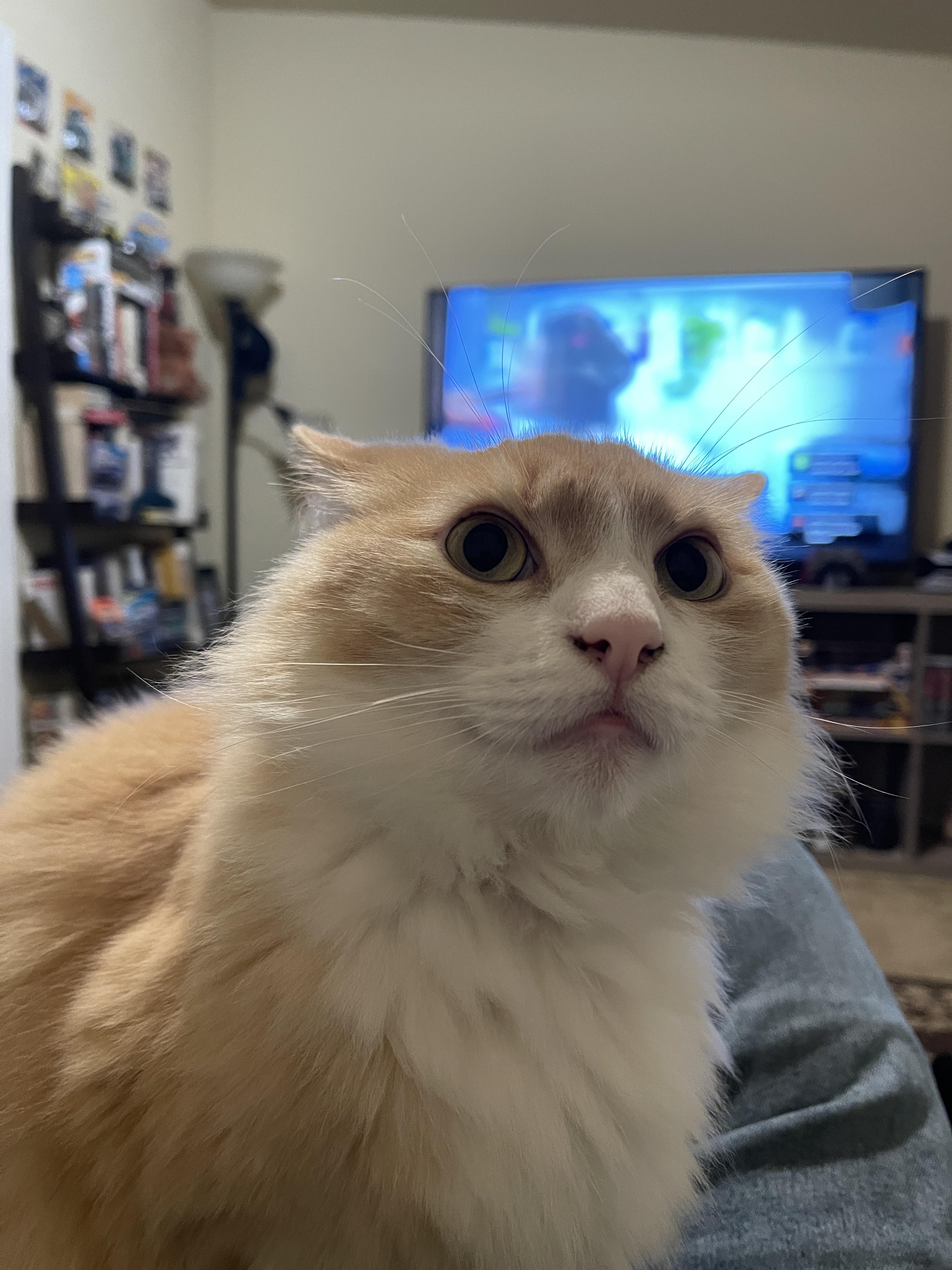Those claiming AI training on copyrighted works is “theft” misunderstand key aspects of copyright law and AI technology. Copyright protects specific expressions of ideas, not the ideas themselves. When AI systems ingest copyrighted works, they’re extracting general patterns and concepts - the “Bob Dylan-ness” or “Hemingway-ness” - not copying specific text or images.
This process is akin to how humans learn by reading widely and absorbing styles and techniques, rather than memorizing and reproducing exact passages. The AI discards the original text, keeping only abstract representations in “vector space”. When generating new content, the AI isn’t recreating copyrighted works, but producing new expressions inspired by the concepts it’s learned.
This is fundamentally different from copying a book or song. It’s more like the long-standing artistic tradition of being influenced by others’ work. The law has always recognized that ideas themselves can’t be owned - only particular expressions of them.
Moreover, there’s precedent for this kind of use being considered “transformative” and thus fair use. The Google Books project, which scanned millions of books to create a searchable index, was ruled legal despite protests from authors and publishers. AI training is arguably even more transformative.
While it’s understandable that creators feel uneasy about this new technology, labeling it “theft” is both legally and technically inaccurate. We may need new ways to support and compensate creators in the AI age, but that doesn’t make the current use of copyrighted works for AI training illegal or unethical.
For those interested, this argument is nicely laid out by Damien Riehl in FLOSS Weekly episode 744. https://twit.tv/shows/floss-weekly/episodes/744


The argument that these models learn in a way that’s similar to how humans do is absolutely false, and the idea that they discard their training data and produce new content is demonstrably incorrect. These models can and do regurgitate their training data, including copyrighted characters.
And these things don’t learn styles, techniques, or concepts. They effectively learn statistical averages and patterns and collage them together. I’ve gotten to the point where I can guess what model of image generator was used based on the same repeated mistakes that they make every time. Take a look at any generated image, and you won’t be able to identify where a light source is because the shadows come from all different directions. These things don’t understand the concept of a shadow or lighting, they just know that statistically lighter pixels are followed by darker pixels of the same hue and that some places have collections of lighter pixels. I recently heard about an ai that scientists had trained to identify pictures of wolves that was working with incredible accuracy. When they went in to figure out how it was identifying wolves from dogs like huskies so well, they found that it wasn’t even looking at the wolves at all. 100% of the images of wolves in its training data had snowy backgrounds, so it was simply searching for concentrations of white pixels (and therefore snow) in the image to determine whether or not a picture was of wolves or not.
Even if they learned exactly like humans do, like so fucking what, right!? Humans have to pay EXORBITANT fees for higher education in this country. Arguing that your bot gets socialized education before the people do is fucking absurd.